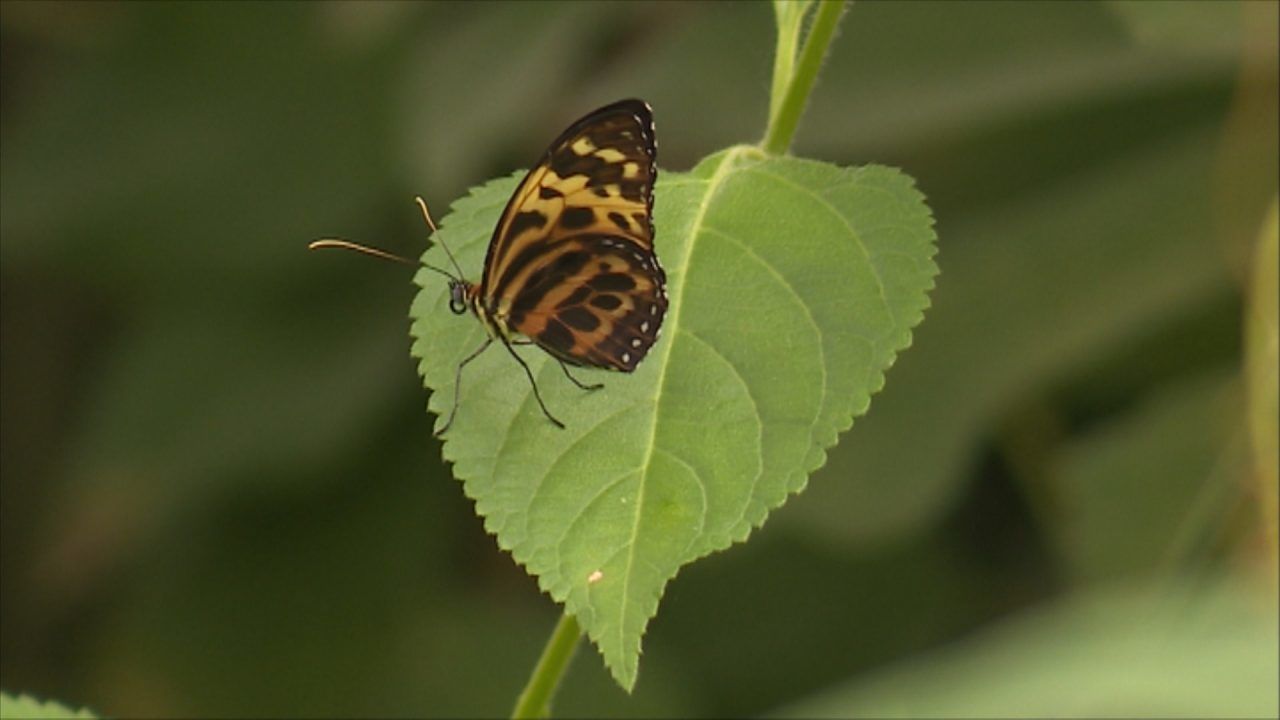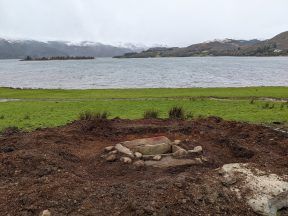Nature lovers are being urged to count butterflies this summer to help scientists understand what impact climate change is having on the insects.
The record temperatures, heatwaves and droughts which blighted the country last year are believed to have caused some of the plants that caterpillars feed on to wither and die.
To help scientists establish what the ongoing impact of this extreme weather has been, Butterfly Conservation is asking the Scottish public to spend 15 minutes in any sunny spot and record the number and kind of butterflies they see.
People across Scotland carried out 3,633 counts as part of last year’s Big Butterfly Count, spotting 24,111 butterflies and day-flying moths.
The most commonly spotted species included the meadow brown, the small white and the ringlet.
Scientists now need to work out how these and other species are faring this year and are relying on the public to help them again this summer.
Dr Zoe Randle, senior surveys officer at Butterfly Conservation, said: “This is a vital year for the Big Butterfly Count.
“We know that the previous extreme summer droughts in 1976 and 1995 took a heavy toll on butterflies and numbers crashed the following year, taking almost a decade to recover.
“The data collected in Scotland during this year’s Big Butterfly Count will give us a valuable insight into what the effect of the most recent extreme weather has been, and how we might be able to better protect our beautiful butterflies.
“With climate change here to stay, we need people in Scotland to take part more than ever before.”
Last year, almost 100,000 counts took place across the UK, with participants spending a combined 2.5 years counting butterflies in their gardens, local parks and in the countryside.
Dr Randle added: “We know 80% of butterflies in the UK have declined since the 1970s, which means there are fewer butterflies to be seen than in years gone by.
“However, even if you don’t see any butterflies during your count, we still want you to tell us.
“We need to know where there aren’t any butterflies just as much as where there are, so please still log your result and then pick another day or location and try again. There are no limits on how many times you can take part.”
David Forbes-Nixon, chairman of Big Butterfly Count sponsors the DFN Foundation, said: “The DFN Foundation is thrilled to once again sponsor the much-anticipated Big Butterfly Count this year, supporting Butterfly Conservation in their crucial work protecting butterflies from extinction.
“Summer is a glorious time to enjoy the great outdoors in the UK, and so I encourage everyone to get involved with this year’s Big Butterfly Count, either with friends and family or setting off on a solo adventure to enjoy a moment of calm and reconnect with nature.
“Not only will it make you feel good, but it will also be invaluable in helping to save species of butterflies and protect our environment for future generations to enjoy.”
This year’s Big Butterfly Count runs from Friday July 14 to Sunday August 6. For more information and to take part visit www.bigbutterflycount.org or download the free Big Butterfly Count app.
Follow STV News on WhatsApp
Scan the QR code on your mobile device for all the latest news from around the country




























